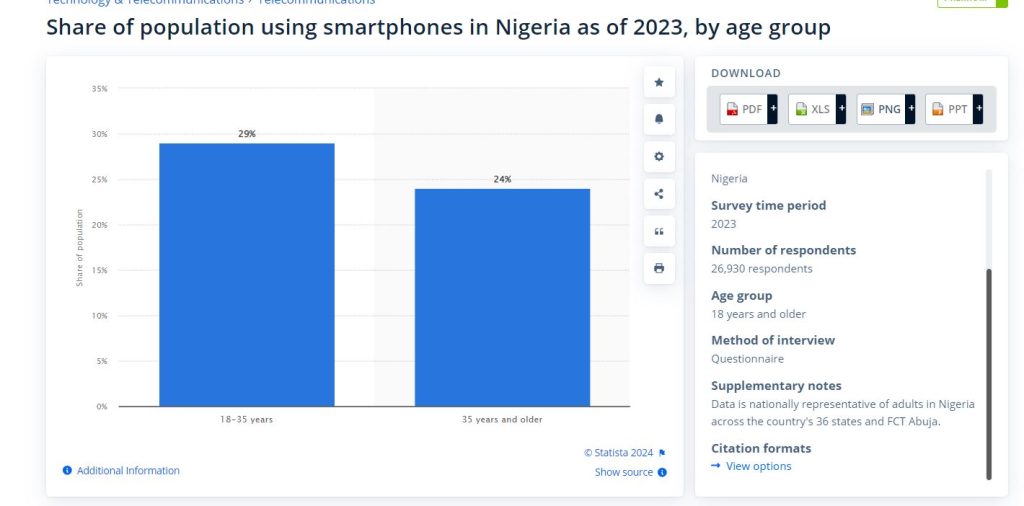Amazing Things You May Have Missed Growing Up
Childhood is an incredible period of life, filled with fun, curiosity, and the simplicity of daily living. There are many wonderful moments and memories that we often overlook as we grow older. These seemingly small experiences leave lasting impressions that shape our view of the world. In this blog, we will revisit some of the amazing things you may have missed growing up and delve into the emotions and experiences that made childhood a special chapter in your life.
Key Takeaways
- Nostalgia: Revisiting childhood can spark positive emotions and help reconnect with a simpler time.
- Simplicity: Many of the simple pleasures we enjoyed as children were filled with magic and wonder.
- Connections: Childhood relationships, especially with friends and family, left an indelible mark on who we are today.
- Life Lessons: Many of the lessons we learned growing up are still applicable to our adult lives, even if we don’t realize it.
- Playtime with friends and games you might have forgotten
- The feeling of waking up on a Saturday morning with no obligations
- Summer vacations full of exploration and mischief
- School lunches and the excitement of recess
- Getting Christmas gifts and the joy of the holiday season
- Family road trips and the memories created during those long journeys
- The simple yet profound joy of cartoons and Saturday morning TV
- The magic of birthday parties, whether yours or a friend’s
- Innocent crushes and the butterflies that came with them
- Climbing trees or playing outside until dusk
- Sleepovers with friends and staying up way too late
- The sense of freedom when riding your bike around the neighborhood
- The excitement of snow days and unexpected breaks from school
- Simple pleasures like penny candy or playing arcade games
- The wonder of getting a new toy or game to play with
1. Saturday Mornings: The Perfect Start to a Fun Day
As a child, Saturday mornings were arguably the best time of the week. You’d wake up early, not because you had to, but because you couldn’t wait to start the day. The feeling of excitement filled the air as you knew the day was all about fun. There were no school bells, no homework assignments—just you, the TV, and the best cartoons you looked forward to watching all week.
Whether it was your favorite cereal and cartoons like Tom and Jerry or Looney Tunes, the simplicity of these moments felt like pure joy. Kids today may have access to on-demand content, but there was something special about waiting for the next episode each Saturday.
“There is a certain magic in the simple moments of childhood, where fun and excitement needed no grand plans—just a Saturday morning and cartoons.”
2. Playtime With Friends
Remember when you and your friends would spend hours playing outside? You could create entire worlds with nothing but your imagination. Whether it was playing tag, climbing trees, or turning the backyard into a makeshift battlefield, these were the days when being outside felt like the best adventure.
Children today may spend more time indoors on electronic devices, but back then, we were running around until dusk, with the streetlights signaling that it was time to head home. From games of hide-and-seek to water balloon fights in the summer, playtime was a key part of what made childhood so much fun.
Table 1: Popular Childhood Games and Their Memories
| Game | Description | Fun Factor |
|---|---|---|
| Hide-and-seek | One person counts, others hide | Excitement of being found |
| Tag | Running and chasing each other | Endless fun and laughter |
| Hopscotch | Jumping through numbered squares | Coordination and friendly competition |
| Red Rover | Team-based game of strength | Building teamwork and anticipation |
| Simon Says | Following instructions carefully | Sharpening listening skills |
3. Summer Vacations: A World of Exploration
School would let out, and suddenly, the world seemed like a playground waiting to be explored. Summer vacations were filled with endless possibilities. You might have gone on a family road trip, traveled to see relatives, or simply stayed home and spent the days playing with your neighborhood friends.
Summer was all about freedom, from building forts in the woods to days at the pool or beach. The feeling of the sun on your skin, the sound of laughter from your friends, and the smell of BBQs in the air made the summer months some of the most memorable times of childhood.
During these carefree days, we often took for granted the feeling of time being abundant. As adults, our time is filled with responsibilities, but childhood summers were special because they offered us the gift of unstructured time.
4. School Days and Recess
Not everything about school was work. Recess was a time of pure joy where you could run around with your friends and let off some steam. Whether you played dodgeball, swung on the monkey bars, or simply sat in the shade and chatted, those few moments of freedom in the middle of the day were worth the wait.
Then there was the joy of school lunches—sometimes trading snacks with friends or eagerly awaiting pizza Fridays. While school could feel like a drag at times, it was also where we formed friendships and created memories that have stayed with us long after graduation.
5. The Magic of Christmas Mornings
Few things in childhood compare to the excitement of Christmas morning. Waking up to the smell of breakfast cooking, the sight of twinkling lights on the tree, and a mountain of gifts waiting to be opened was magical. The joy of getting Christmas gifts from loved ones, big or small, made the holiday season truly memorable.
As adults, we can still recall those childhood Christmases with warmth. Whether it was writing letters to Santa or decorating the tree with family, the holiday season was full of traditions that made childhood feel extra special. Today, those moments are remembered with fondness, bringing back the excitement and magic we felt as kids.
6. Family Road Trips: Adventures on Wheels
For many, family road trips were a staple of childhood. Whether it was driving cross-country to visit relatives or just going on a weekend getaway, those hours spent in the car were filled with anticipation, snacks, and sibling bickering.
Family road trips taught us patience and gave us the opportunity to bond with our families in ways we didn’t always appreciate at the time. There was a simple charm in playing car games like “I Spy” or “20 Questions,” and singing along to your parents’ favorite songs on the radio.
“It’s not always the destination that matters, but the journey and the moments spent together along the way.”
7. Birthday Parties and Childhood Fun
Birthdays as a kid were a BIG deal. The excitement of having friends over, eating cake, and playing games like musical chairs or pin the tail on the donkey made the day feel magical. Whether it was a small family gathering or a large party at the local bowling alley, birthday parties were something to look forward to each year.
The joy of opening presents, blowing out candles, and the simple thrill of being the center of attention are feelings we often miss in adulthood. Birthday fun was one of the highlights of growing up, and those moments helped create cherished memories that last a lifetime.
8. Innocent Crushes and Schoolyard Romances
Who can forget their first school crush? The butterflies in your stomach when you saw them in the hallway, the nervousness of passing them a note, and the excitement when they smiled back. These innocent crushes were often our first forays into love and taught us valuable lessons about friendship and emotions.
Though it may seem silly now, these moments were significant to us as kids. They helped shape our understanding of relationships and provided some of the more awkward, yet memorable experiences of growing up.
9. The Joy of Climbing Trees and Playing Outside
Back when being outside was the best form of entertainment, climbing trees felt like the ultimate adventure. You’d conquer the tallest one in the neighborhood, feeling on top of the world. Whether you were playing superhero or just enjoying the view from up high, these moments of exploration were priceless.
Playing outside was often an unstructured but incredibly fulfilling part of childhood. From running through sprinklers in the summer to making snowmen in the winter, there was always something fun to do outdoors.
Table 2: Seasonal Outdoor Activities in Childhood
| Season | Activity | Fun Level |
|---|---|---|
| Summer | Sprinkler runs, water balloon fights | Refreshing and energetic |
| Fall | Jumping in leaf piles | Pure joy of nature |
| Winter | Building snowmen, snowball fights | Exciting and playful |
| Spring | Flying kites, chalk drawing | Creative and full of imagination |
10. Sleepovers and Staying Up Late
The sheer joy of having a sleepover with friends cannot be overstated. Staying up late, playing games, watching movies, and chatting about everything under the sun made sleepovers a rite of passage for many kids. These nights were filled with laughter, snacks, and the thrill of being able to stay awake past bedtime.
Sometimes, it was during these late-night talks that we shared our deepest secrets with our closest friends. These moments of bonding during sleepovers helped us forge lifelong connections.
Conclusion
Looking back, it’s easy to see how the simple moments of childhood—from Saturday morning cartoons to summer vacations—shaped us into who we are today. We often miss these amazing experiences, even if we didn’t realize their significance at the time. Whether it was the joy of playing with friends, the excitement of Christmas mornings, or the magic of summer vacations, these memories remind us of a time when life was simpler, and the world was full of endless possibilities.
Cherishing those memories helps us reconnect with our inner child and brings a sense of warmth and joy to our present lives. So take a moment to reflect on the amazing things you may have missed growing up—because those memories are treasures worth holding onto.
Hashtags
#ChildhoodMemories #GrowingUp #Nostalgia #SimpleJoys #ChildhoodFun #Throwback #Memories












